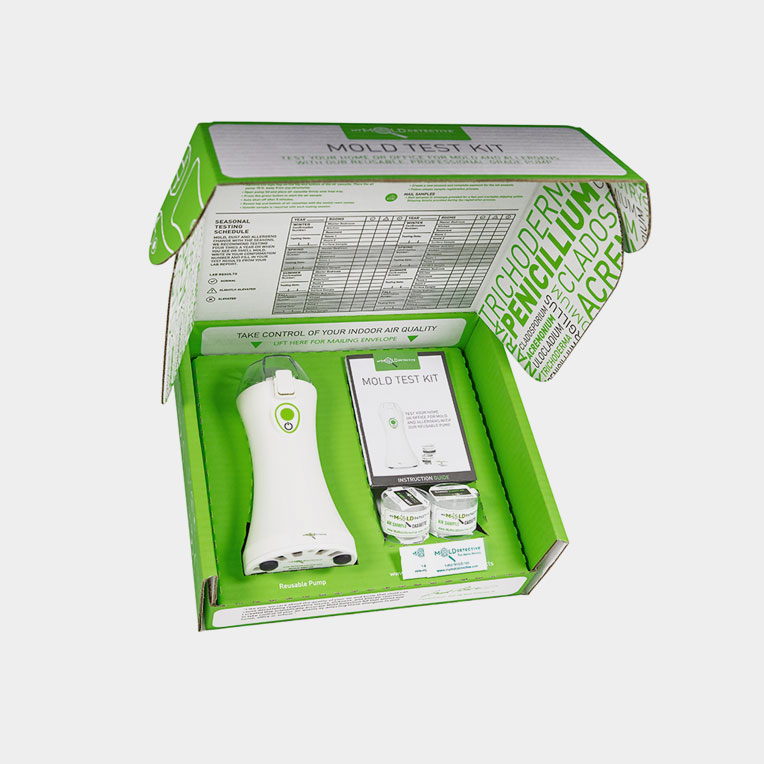How Mycotoxin testing Services Can Safeguard Your Products
How Mycotoxin testing Services Can Safeguard Your Products
Blog Article
How Mycotoxin Testing Helps Avoid Contamination and Protect Food Products

Mycotoxin testing is a crucial practice in the food industry, offering as a frontline protection against contamination by dangerous contaminants created by molds. Via the application of sophisticated techniques like High-Performance Liquid Chromatography (HPLC) and Liquid Chromatography-Mass Spectrometry (LC-MS), food manufacturers can accurately quantify and find mycotoxin degrees in farming items.
Recognizing Mycotoxins
Understanding mycotoxins begins with acknowledging that they are harmful secondary metabolites generated by certain mold and mildews, which can infect agricultural products. These metabolites are not crucial for the development or reproduction of the fungi but can have severe implications for animal and human health and wellness. Mycotoxins are frequently found in staple plants such as corn, wheat, barley, and nuts, where they can proliferate under specific conditions of moisture and temperature level.
There are numerous kinds of mycotoxins, each produced by different fungal types. Fusarium varieties generate trichothecenes and fumonisins, both of which are connected with various acute and chronic wellness issues.

Dangers of Mycotoxin Contamination
The dangers of mycotoxin contamination are diverse, positioning significant dangers to both food security and public wellness. Mycotoxins, hazardous compounds generated by particular kinds of fungi, can contaminate a wide array of farming items including cereals, nuts, spices, dried fruits, and coffee.
Financial influences are an additional significant issue. Contaminated crops can lead to substantial financial losses for farmers and food manufacturers due to lowered yields and the requirement for pricey decontamination actions. International profession can be dramatically impeded as nations implement strict mycotoxin regulations to safeguard their populations, leading to turned down deliveries and stretched profession relationships.
Ecological variables such as environment change aggravate the risk of mycotoxin contamination. Variants in temperature and humidity can produce favorable problems for fungal growth, enhancing the likelihood of contamination events. Hence, understanding and mitigating these risks are vital for guaranteeing the safety and honesty of worldwide food materials.
Methods of Mycotoxin Checking
Accurately determining mycotoxin contamination in agricultural products is vital for protecting public health and wellness and preserving food safety standards. Different methods are employed to spot and evaluate mycotoxins, each offering particular benefits and restrictions.
High-Performance Fluid Chromatography (HPLC) is a commonly used approach due to its high level of sensitivity and precision. It entails separating mycotoxins from other materials in a sample, making it possible for accurate metrology. Liquid Chromatography-Mass Spectrometry (LC-MS) combines fluid chromatography with mass spectrometry to supply detailed molecular details, making it particularly beneficial for recognizing multiple mycotoxins concurrently.

Gas Chromatography-Mass Spectrometry (GC-MS) and Thin-Layer Chromatography (TENDER LOVING CARE) are also employed, each with one-of-a-kind applications. GC-MS is effective for unstable mycotoxins, while TLC uses a simpler, economical choice for initial screening.
Advantages of Normal Checking
Regular testing for mycotoxins in agricultural products supplies countless benefits, dramatically adding to public health and wellness and food safety and security. By determining contamination early, regular screening assists avoid the distribution of harmful foods, thus minimizing the threat of mycotoxin-related diseases among customers. This aggressive method not only safeguards human health and wellness however likewise enhances the general quality of food products.
Various nations and regions have established stringent restrictions for mycotoxin levels in food and feed. Adhering to these limits through routine screening makes sure that providers and producers meet legal criteria, therefore staying clear of fines and trade obstacles.
Furthermore, routine mycotoxin testing can bring about considerable financial benefits. Early discovery of contamination permits for timely treatment, lowering possible losses from widespread contamination. Executing normal testing protocols can likewise minimize recall costs and associated liabilities, which can be monetarily devastating.
Additionally, normal testing supplies important information that can notify much better agricultural practices and storage conditions. By recognizing patterns of contamination, manufacturers can embrace preventive measures, therefore contributing and reducing future risks to the sustainability of the food supply chain.
Applying Testing Methods
Executing efficient mycotoxin testing protocols is important for guaranteeing the security and high quality of farming products. Each stage has to be scrutinized to identify where mycotoxin contamination is most likely to take place.
As soon as crucial control factors are recognized, picking ideal testing approaches is vital. Usual methods include enzyme-linked immunosorbent assay (ELISA), high-performance liquid chromatography (HPLC), and mass spectrometry (MS) Each approach has its staminas and weak points; therefore, choosing the appropriate one depends upon the certain mycotoxin being evaluated, the required level of sensitivity, and readily available sources.

Lastly, integrating the screening procedures right into a detailed food safety administration system is a good idea. This improves traceability and enables swift restorative activities when contamination is discovered, consequently securing the integrity of the food supply chain.
Conclusion
Mycotoxin screening is necessary in avoiding contamination and guarding food supplies by allowing very early detection of unsafe toxic substances produced by molds in agricultural items. Normal screening enhances brand name reputation, monetary security, and trust in food security by reducing contamination-related losses and maintaining high standards in food manufacturing.
Mycotoxin screening is an essential practice in the food market, offering as a frontline protection versus contamination by unsafe toxins produced by molds. An incorporated method entailing farming techniques, storage space monitoring, and regular testing can minimize the threats connected with mycotoxin contamination, making certain food safety and security and public wellness.
The dangers of mycotoxin contamination are diverse, positioning considerable threats to both food safety and security and public wellness.Routine screening for mycotoxins in agricultural items provides countless benefits, considerably contributing to public wellness and food security.Mycotoxin testing is important in preventing contamination and safeguarding food next page materials by making it possible for very early detection of unsafe toxic substances generated by molds in agricultural items.
Report this page